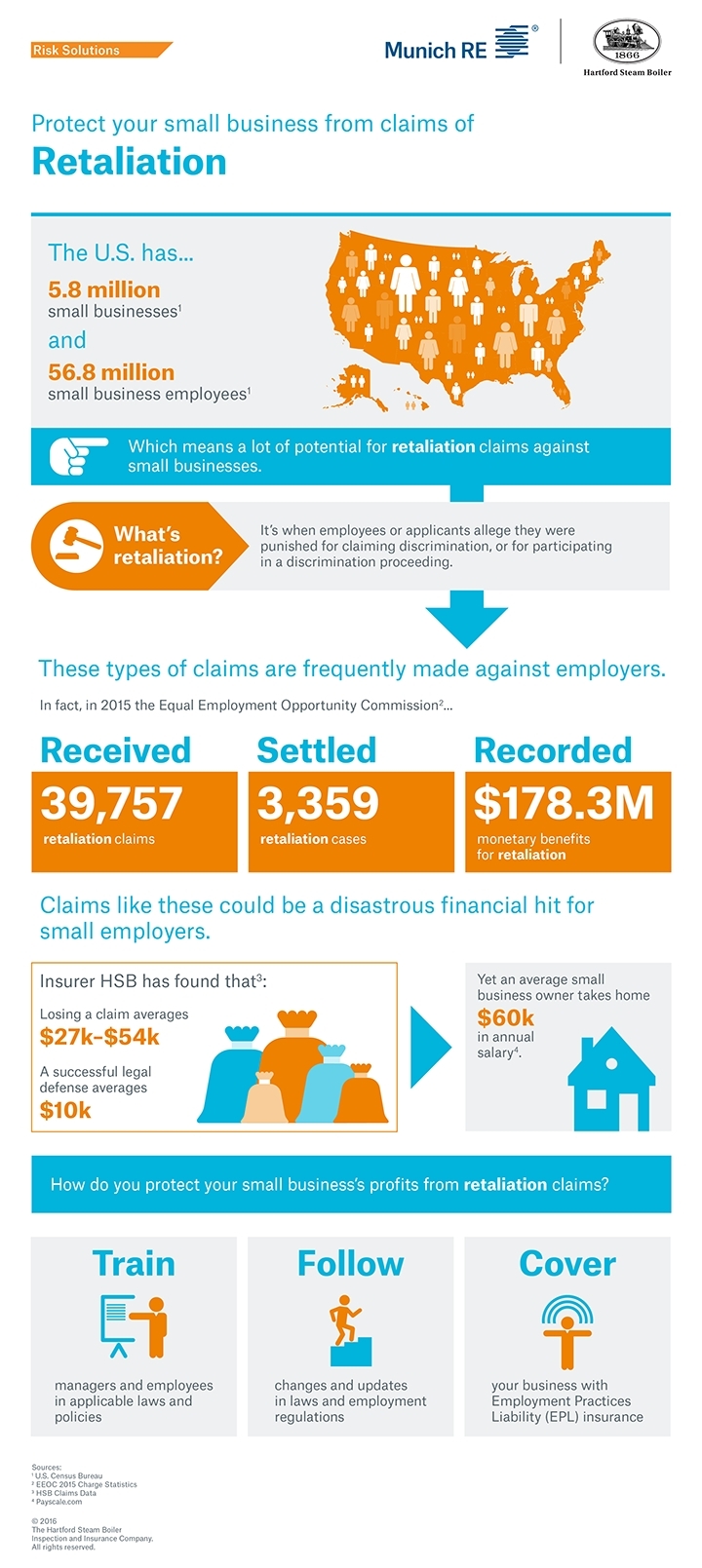4 Steps To Successfully Bring A Product To Market
For a small business, it can seem like a dream come true when a major retailer says they want to stock your product on their shelves or list it on their website. Part of making this dream a reality is the process of uniquely identifying those products for trade on a mass scale.
Retailers have specific product identification requirements and knowing how to comply could mean avoiding costly mistakes in the future.Alan Garton, vice president of member programs at GS1 US, the not-for-profit information standards organization, says most retailers require trading partners to use Global Trade Item Numbers® (or GTINs®) in their product identification processes.
A U.P.C. barcode contains a GTIN, which is the number that appears under the barcode symbol. When used properly, it uniquely identifies a product when it is scanned at various points in the supply chain—most commonly at the checkout counter in a retail store. Retailers require suppliers to use properly constructed barcodes and GTINs that include a GS1 Company Prefix. A Company Prefix can be acquired through a license agreement with GS1 US.
The following four steps can be used as a guide for any entrepreneur working through the process of getting products labeled correctly with U.P.C. barcodes:
- Estimate the company’s barcode needs.While a small company may not need a lot of barcodes now, it is wise to plan for future growth. GS1 US offers five different Company Prefix options allowing a brand to create as few as 10 and as many as 100,000 U.P.C.s. A GS1 US barcode estimator available online can help the company determine what they might need in the future.
- License a Company Prefix to begin creating U.P.C. barcodes.A small business can obtain a Prefix online and immediately begin creating barcodes themselves. Companies need a different U.P.C. for each product they sell, and product variations such as color and size require unique U.P.C.s to distinguish one from another.
- Determine where the barcode needs to be on the package.Each barcode can be printed and attached to a product, or incorporated into the product’s package design. A company should familiarize themselves with industry standards related to the size, shape and color of the barcode to ensure that barcode scanners can read them accurately at the point-of-sale.
- Leverage the product identification system. Once a company has properly barcoded its products for one retailer, they can leverage this to branch out to other retailers. Ultimately, setting up U.P.C. barcodes allows a company to leverage a common language of business that ensures unique global product identification across any channel of retail.
Alan Garton is the vice president of member programs at GS1 US. He works directly with members to provide them with solutions to common business process challenges. To learn more, visit www.gs1us.org.




